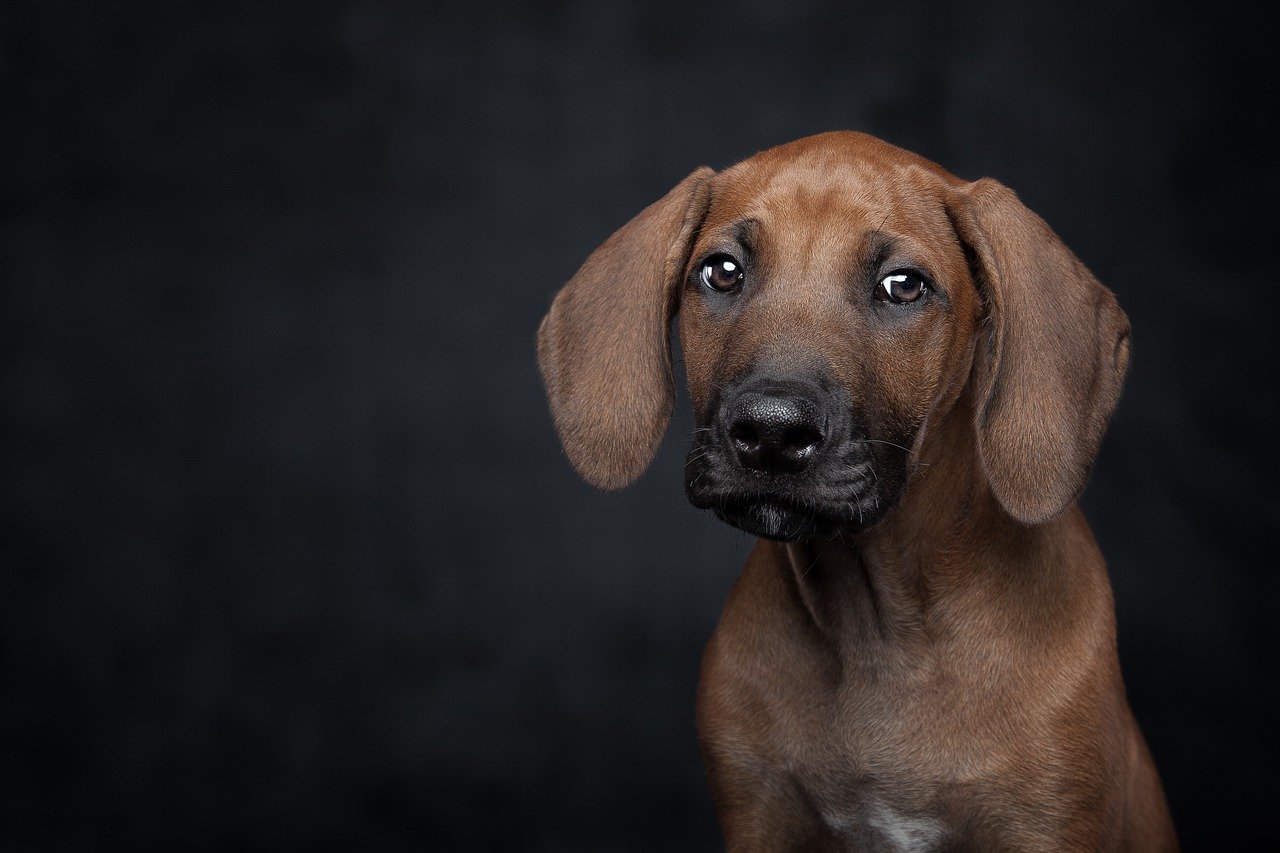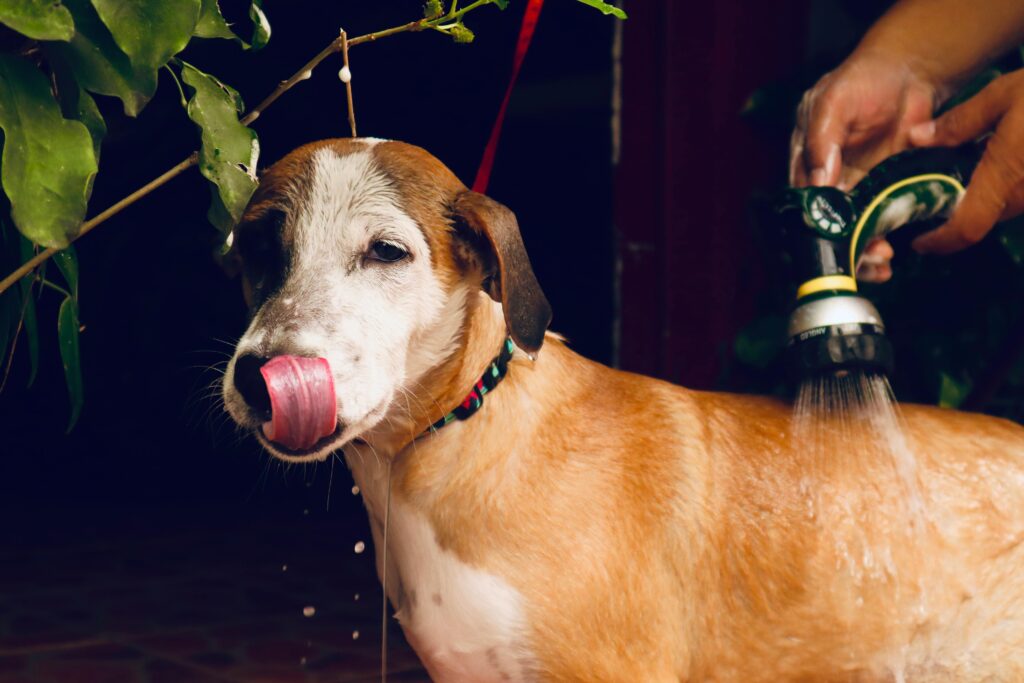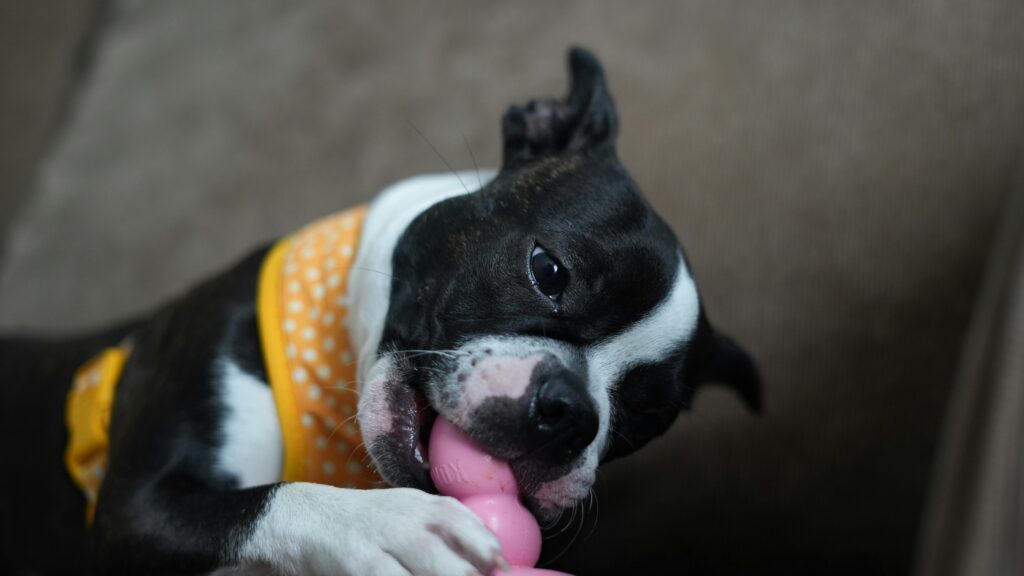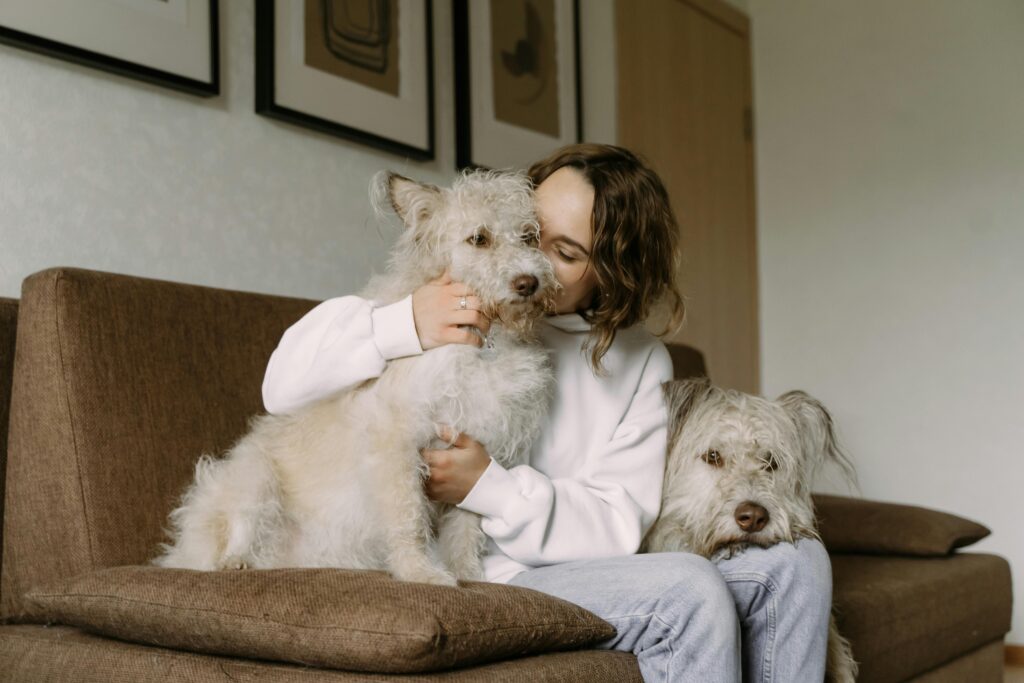There’s something incredibly special about puppies—their soft fur, playful energy, and the way they snuggle into your arms. But what if your puppy doesn’t have fur? Maybe they were born hairless, or perhaps they started losing fur over time. Either way, it’s natural to be concerned.
I remember the first time I saw a nearly bald puppy. A friend of mine had just adopted a tiny rescue pup named Milo. He was adorable, but his skin was patchy, and he barely had any fur. At first, we thought it was just his breed, but after a vet visit, we realized there were several possible reasons why a puppy might be hairless.
If you’re wondering why your puppy has little or no fur, you’re in the right place. In this guide, we’ll explore:
Why some puppies are born without fur
Common causes of fur loss in puppies
How to care for a hairless puppy
When to see a vet
Whether your puppy is naturally hairless or experiencing unexpected fur loss, this article will help you understand what’s happening and how to keep your pup happy and healthy.
Why Do Some Puppies Have No Fur?
Some puppies are born without fur due to their breed, while others lose fur due to health conditions. Let’s break down the most common reasons:
1. Naturally Hairless Dog Breeds
Some dog breeds are naturally hairless, meaning they are born without fur and never grow much of it. If your puppy belongs to one of these breeds, their hairlessness is completely normal.
Hairless Dog Breeds Include:
- Xoloitzcuintli (Mexican Hairless Dog)
- Peruvian Inca Orchid
- Chinese Crested (Hairless Variety)
- American Hairless Terrier
These breeds have genetic mutations that cause them to be hairless. While they don’t need fur to stay healthy, they do require extra skin care and protection from extreme temperatures.
2. Puppy Fur Loss (Shedding Baby Coat)
Did your puppy have fur at birth but is now losing it? That might be because puppies shed their baby coat before growing their adult fur.
What to Expect:
Some puppies lose patches of fur before their adult coat grows in.
This usually happens between 3-6 months of age.
The new fur may be a different texture or color.
This is a natural process, and unless your puppy shows signs of itchiness, redness, or discomfort, there’s no need to worry.
3. Genetic or Congenital Conditions
Some puppies carry genes that cause partial or complete hairlessness. This can happen even in breeds that normally have fur.
Common Genetic Causes:
- Alopecia (Hair Loss Disorder): Some dogs inherit conditions that make their fur thin or fall out.
- Color Dilution Alopecia (CDA): Affects dogs with diluted coat colors (like blue or fawn), leading to thin fur and bald spots.
If your puppy was born with little fur and isn’t from a hairless breed, it’s a good idea to talk to a vet about possible genetic causes.
Why Is My Puppy Losing Fur? Common Causes of Hair Loss
If your puppy wasn’t born hairless but is now losing fur, there could be an underlying issue. Here are some of the most common causes:
1. Parasites (Mange, Fleas, and Mites)
Mange: Caused by mites, mange can lead to bald patches, scaly skin, and intense itching.
Fleas: Severe flea infestations can cause hair loss from scratching.
Ringworm: A fungal infection that causes circular bald spots and scaly skin.
What to Do: Check your puppy’s skin for redness, flakes, or tiny black specks (which could be flea dirt). If you suspect parasites, visit your vet for treatment.
2. Allergies (Food or Environmental Triggers)
Some puppies lose fur due to allergic reactions. These could be caused by:
Food allergies (chicken, beef, grains)
Environmental allergens (pollen, dust, grass)
Shampoos or grooming products
Signs of Allergies:
Hair loss around ears, belly, or legs
Itchy, red, or inflamed skin
Frequent licking, chewing, or scratching
What to Do: Try switching to a hypoallergenic diet and use gentle, fragrance-free grooming products.
3. Skin Infections (Bacterial or Fungal)
Bacterial or fungal infections can damage hair follicles and cause fur loss. These infections often happen after scratching, wounds, or exposure to dirty environments.
Symptoms:
Red, swollen, or crusty skin
Bumps or pustules (like pimples)
Oozing or bad odor
What to Do: A vet may prescribe antibiotics or antifungal treatments to clear up the infection.
4. Poor Nutrition or Vitamin Deficiencies
A lack of essential nutrients can lead to weak fur, dry skin, and even bald patches. Puppies need a balanced diet rich in:
Omega-3 fatty acids (for healthy skin and coat)
Protein (for strong hair growth)
Vitamins A, E, and B-complex (for overall skin health)
What to Do: Feed your puppy a high-quality diet and consult your vet about possible supplements.
5. Stress and Anxiety
Believe it or not, stress can cause fur loss in puppies. Changes like moving to a new home, being left alone, or loud noises can trigger stress-related shedding.
Signs of Stress-Induced Hair Loss:
Fur thinning around the neck, belly, or tail
Excessive licking or chewing on paws
Nervous behaviors (whining, pacing)
What to Do: Keep a consistent routine, use calming products, and give your puppy plenty of love and reassurance.

How to Care for a Hairless Puppy
If your puppy has little or no fur, they will need special care to keep their skin healthy.
1. Protect Them from the Cold
Never let them go outside in cold weather without protection.
Use dog sweaters or jackets when it’s chilly.
Provide warm bedding indoors.
2. Keep Their Skin Moisturized
Avoid harsh soaps or shampoos.
Use gentle, hypoallergenic lotions to prevent dryness.
Bathe them only when necessary to avoid stripping natural oils.
3. Prevent Sunburn
Avoid direct sunlight for long periods.
Use dog-safe sunscreen if they’ll be outside.
4. Provide a Balanced Diet
Feed high-quality protein-rich food.
Consider Omega-3 supplements for healthy skin.
When to See a Vet
While some fur loss is normal, you should visit a vet if:
Your puppy’s skin is red, swollen, or infected
They are constantly scratching or biting themselves
Fur loss worsens over time
They seem sick, lethargic, or losing weight
A vet can diagnose the cause and provide the best treatment plan.
Final Thoughts: Loving a Puppy Without Fur
A puppy without fur is just as lovable as a fluffy one! Whether your pup is naturally hairless or experiencing fur loss, understanding the cause and providing proper care is key.
Key Takeaways:
Some puppies are naturally hairless due to their breed.
Hair loss can be caused by parasites, allergies, infections, or stress.
Hairless puppies need extra warmth, skincare, and sun protection.
Always consult a vet if fur loss seems abnormal.
Every puppy deserves love—with or without fur. ❤️🐾




